The TRENDadvisor Guide to Breakthrough Profits: A Proven System for Building Wealth in the Financial Markets
$17.01
| Author(s) | , |
|---|---|
| Format |
|
| Pages |
209 |
| Publication Year |
2006 |
The TRENDadvisor Guide to Breakthrough Profits outlines an integrated approach to market analysis and a sound trading strategy, known as the TRENDadvisor Diamond Methodology, this book will assist traders and investors locate low-risk/high-reward trading opportunities. This proven system will help you profit in any market environment while trading any financial instrument. Whether you’re a seasoned professional trader or newcomer to the world of investing, you must develop a defined methodology and consistently apply it to control risk, preserve capital, and harvest profits.
Introduction:
This is a book about teaching you how to approach making money in the markets. How can you make money by trading or investing in the financial markets? Our answer is by having a methodology, consistently applying it, controlling risk to preserve capital, and taking profits. What we will do for you in this book is help you to develop a methodology so you can determine whether a stock, mutual fund, commodity, or any other financial instrument is something you want to own—either as an investment or as a trade. What we are going to teach you is how to analyze any financial instrument to determine whether it is a candidate for your investment or trading dollars. There is a variety of ways to make money in the markets. You can be an investor or a trader. In our world, investors tend to have longer time horizons; traders tend to be shorter term oriented. The common objective of both is making money in the markets.
For all market participants, there are two important decisions to make—when to get in and when to get out, or when to enter and when to exit. Where the exit is relative to the entry dictates the outcome of the trade or investment—profit or loss. What you use to determine your entry and your exit is your methodology. This book is about how to create your own methodology for trading or investing in financial instruments.
Your methodology for entries and exits is not the only important decision you must make. You also have to decide how many positions or trades you will carry, at a maximum, and how much capital you will devote to any single position. You will need to decide how much risk you will take in any single position by defining where your stop loss will be placed. Your stop is the amount of capital that will be forever gone from your account when it is triggered. It is one of two possible exits from your trade or investment. The other is your profit target—the area where you will be starting to liquidate your winning investment or trade. Most traders have no set methodology for harvesting profits. We encourage a different approach of having a defined methodology that helps set a target and harvesting part of your profits when it is achieved.
You will make more decisions when you select what you will be investing or trading. Stocks? Futures? Indexes (including exchange traded funds)? Commodities? Foreign exchange? Mutual funds? What timeframe will you be using—are your trades or investments going to be held for a few days or a week? Months? Years? What are your objectives? How much capital are you going to devote to reaching them?
The answers to these various questions are all part of a trading plan—an organized approach to how you will be doing your trading or investing. Trading or investing is like any business or economically motivated endeavor in that success is much more likely to come from a defined methodology, consistently applied, with good risk control—in short, a well organized plan—than by chance or random selections. In Chapter 10 we will guide you into creating a trading or investing plan of your own. As you read this book, please keep in mind that you are learning what you need to know to create a trading plan for yourself.
Contents:
- The Ins and Outs of Trends with a Toolkit for Analysis
- The Six Phases of the advisor Diamond
- The Recovery Phase
- The Accumulation Phase
- The Bullish Phase
- The Warning Phase
- The Distribution Phase
- The Bearish Phase
- Pulling It Together
- Discipline and Money Management Come from Your Trading Plan
- A Lens on the Past
The TRENDadvisor Guide to Breakthrough Profits: A Proven System for Building Wealth in the Financial Markets By Chuck Dukas, T. Parker Gallagher pdf
11 reviews for The TRENDadvisor Guide to Breakthrough Profits: A Proven System for Building Wealth in the Financial Markets
Clear filtersOnly logged in customers who have purchased this product may leave a review.

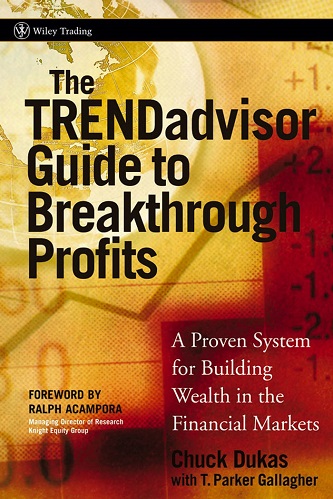

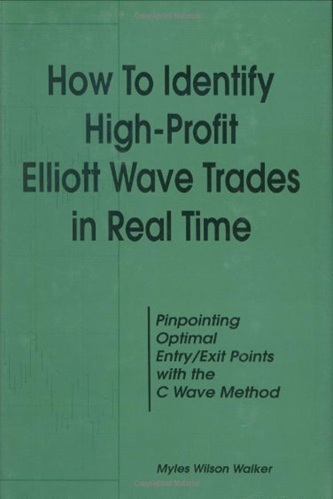
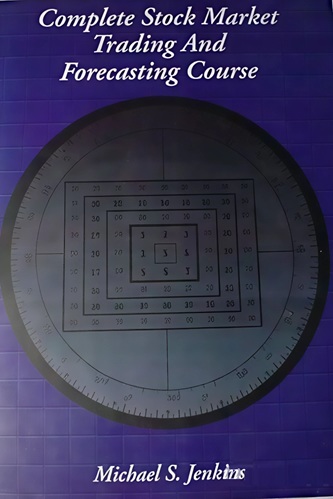
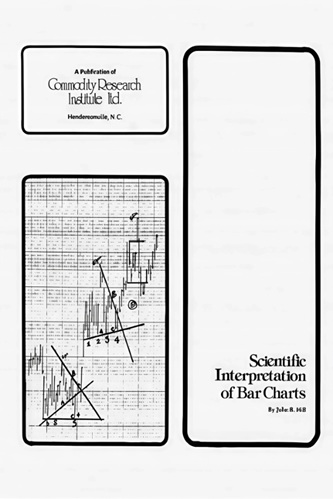

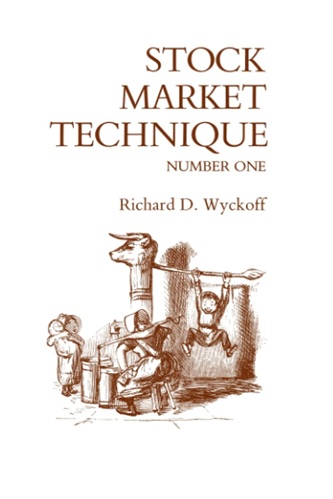
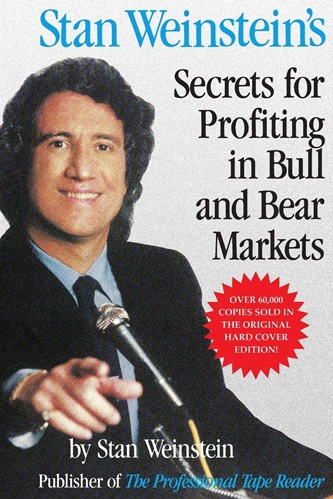

Jianna Castaneda (verified owner) –
The reason I have read numerous books, attended many seminars & spent thousands of dollars is because none of them could fully explain the intricacies of how the market worked. Not until I read “TRENDadvisor Guide to Breakthrough Profits” did it all make sense. Chuck did a phenomenal job in explaining the dynamics of the 6 market phases and how to trade them. In addition, Chuck educates the reader on the importance of money management and having a Disciplined Trading Plan.
This is a must have book for every trader who is serious about making money.
Reese Copeland (verified owner) –
After reading a lot of trading books, this one made me come back to this essential truth I forget : any stocks can always be classified in one phase, the position of price related to 50 and 200 moving average is a fundamental information. Chuck Dukas give us the synthetic view about trend and phases, his book is the natural continuation of the book of Stan Weinstein, these two are foundation for trading knowledge.
Axton Moody (verified owner) –
This is a book that explains that markets move by phases and how markets can be traded depending on the phase they are.
The books starts showing how to setup a template to analyze a stock. This is done by means of some very well known oscillators. This could appear very simple yet the author explains how this setup translates into market phases and how these oscillators behave during each phase.
Taking these concepts into account, the author complements the overall strategy to follow by applying money management rules and even shows examples of how all of this is done.
The book contains many charts and follows a certain rythm. All of this is done in order to achieve the objective of “training the eye” in order to detect how to apply all of this whenever trading for real.
I really like the strategy of simplifying the different scenarios and timeframes that can be found and going step by step in order to decide what to do next.
I have read many trading books. I highly recommend this book for both the novice as well as the advanced trader and I think this one of the best trading books that is that is available.
Maliyah Bridges (verified owner) –
Want to be upfront and honest; I am a student of Chuck Dukas since December of 2005. I have been a day trader for about a year now and have taken extensive courses through professional company where I’ve learned how trade level 5 options. These classes were very expensive, running into the thousands of dollars. My results have been less than stellar and for additional guidance it would cost me thousands more.
Under Chuck’s guidance we have covered most of what is in this book. I say most, because Chuck has been taking me one step at a time. My biggest problem has I’ve been trading without a plan. One cannot develop a plan until one knows what the market is doing at any given time, how to trade it, based on what we see, not what we think, feel or hear. In addition, you need to know what type of trader you are, long term, short term (months) or investment (years).
Chuck’s book “TRENDadvisor Guide to Breakthrough Profits” takes you from the beginning of how to look at the market, and equities in any stage, how to trade them, long or short, and close the trade with what we all want, and a profit. This is all based on a plan, which is laid out in his book.
The book is easy to read, in-depth, tons of charts, and tools, which, when put together with a trading plan will lead to profits. Since using Chuck’s methods I trade with confidence and finally make a profit month-to-month.
If your a trader, not seeing the results you want, I would suggest purchasing this book, study it, develop your own trading plan to fit your style of trading. The results just might astound you.
Korbyn Benjamin (verified owner) –
This is an interesting book. This book gives definitions of bull and bear markets and their phasis in exchanges, and suggests certain trading methods in each phase. You may take it or leave it, but in any case, this book is an anjoyable read.
Julieta Hendrix (verified owner) –
Martin Pring wrote “the book” on Market Momentum. Chuck Dukas has written “the book” on Market Trends, and how to analyze them. Chuck’s Diamond framework is elegant and useful. It provides specific criteria for classifying any market from recovery through bullish and bearish phases. His supporting indicators are valuable as well. After reading this excellent book, short-term traders and longer-term investors alike will no longer be clueless as to what stage a market is in, or where to enter and exit positions.
Collin Price (verified owner) –
It ain’t sexy and, fundamentally, it’s not especially new. But it is profitable (see below). The words “neural network,” “doji” and “impulse wave” are nowhere to be found. But the words “trend,” “accumulation,” and “distribution” are (a lot). So what do you want to do? Make money or pretend that those fretful, indecisive, and painful hours staring at the screen are just as much fun. If it’s the former and if you’re willing to abandon your search for the “next best thing” (you know, the one that’s finally going to turn it around for you) and to revisit some time-honored market wisdom presented in a freshly drawn framework, I encourage you to pick up this book.
The title, TRENDadvisor Guide to Breakthrough Profits, succinctly gives away the message inside: the trend is indeed your friend. Why read beyond that? Because Dukas presents this essential market truth, first among equals, as the organizing principle around which he creates an elegantly simple, though no less comprehensive or powerful for being so, model of market behavior. Based on the recurring, and so predictable, patterns of human behavior around issues of risk and money, this model is universal and enduring. Analyzed with a just few indicators, robust in their simplicity, the model spits out clearly defined trade parameters: entry points, protective stop levels and profit targets. Failures are quickly identified. Probabilities are left to unfold. Discretion is unwelcomed and taken at one’s peril.
The heart of the model is an understanding of market behavior as a series of six recurring stages, each with a distinct pattern of price activity. These stages continually repeat and form the familiar rising-and-falling cycles of market action (though Dukas has curiously chosen to represent it as a six-segmented diamond). Each stage is given its own chapter in the book. Each one’s characteristic price pattern is thoroughly analyzed according to the relative forces of supply and demand being evidenced. Pattern evolution is explained. Finally trading rules, both long and short, where appropriate are suggested. Chart examples are numerous and varied across markets and timeframes.
Basic money management concepts are integrated into the individual discussions of trading each market stage. Along with a brief review of trading plans, money management is also given a cursory chapter of its own. The book ends with a brief review of statistical analyses of the major market indexes and Dow stocks relative to the six stages during the past one, ten and twenty years.
If you are intrigued, as I was, with the power and elegance of a simple concept made comprehensive in its extension, not in more complexity, you might check out Dukas’ web site. There, under Performance, he publishes the returns of his system since 2000. They are impressive. Although most of the site is proprietary, from what can be deduced as a non-member these results, for example 36% in the first quarter of this year, are derived from trades setup identically to those he describes in his book.
I’m sure there are those sufficiently enamored of novelty and fond of complication who will remain unconvinced. And some of them are no doubt good and profitable traders; there are many ways to make money in the markets. Some, perhaps, but only a few I think. It is from the others that those who have the discipline to follow a simple plan, grounded in the truths of human behavior, will fatten their wallets.
Mohammed Jefferson (verified owner) –
I’m a day trader and trade stocks, ETF’s, and options. I always looking for new ideas to help me screen for “buy candidates.” I thought this book might have some new twist on technical indicators. When I opened it up, I was disappointed. I literally read the book, cover to cover in 10 minutes. I went though it quickly because the material was so simple. Basically the theory in the book is as follows: 6 phases of a stock. Recovery Phase (50SMA 50SMA), Accumulation phase (Close > 50SMA, Close > 200SMA, 50SMA < 200 SMA),etc…. same simple concept for the other four phases. Then for the grand finale,the last chapter "Putting it all together"…drum roll…. Was a review of the previous six chapters.. happy holidays.
Ryan Glass (verified owner) –
I have read over 100 books on investing and trading, and this book ranks on top. The concepts are thoroughly explained, and many charts are provided as examples. The book will benefit experienced as well as beginning traders and investors. Chuck takes some standard indicators which are available in most charting programs and interprets their positions to show where the stock, commodity, or mutual fund is in the price cycle. The book is invaluable in helping a trader or investor determine the safety or risk in entering a trade, because the book is such a good guide to determine what trend the stock, commodity, mutual fund, index, etc. is in and where it is likely to go in its next stage. Chuck also gives very good suggestions about when to take profits or exit trades. This book will greatly improve your market timing. If you want to trade with the trend, control risk, and help you time your trades so that you will be profitable, then this book will show you how to do all of that. Five stars all the way!
Piper Cruz (verified owner) –
It’s a sign of a novice trader when they bash books that present core concepts of trading/investing rather than fluff such as “revolutionary” indicators, or “new concepts in trading.” Yes, this book is short and simple, but it presents a concept that most wannabe traders totally miss. Dukas shows you an elegant but simple strategy of providing a framework to price action (similar to Stan Weinstein) that, if anything, serves as a guide post for your trading decisions. This was what I have been missing. Does Dukas illustrate specific trading setups in the book? No. He provides the framework and then leaves it up to you to design a approach that fits you. If you don’t want to do the work to design your own strategy then you shouldn’t be in this game. The more years that I get behind my belt, the more I realize that 99% of the trading books out there are useless. Sure, they are packed full of pretty graphs or trading setups, but they don’t get you to think for yourself and help you truly understand what drives price movement. In summary, if you’re looking for a framework to guide your trading decisions, then this is the book for you. Highly recommended!
Edward Woods (verified owner) –
Solid trading information look at this book to see a detailed system on how the dow theory could work